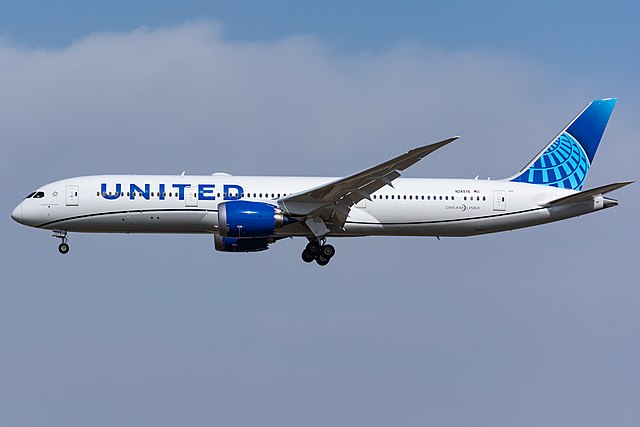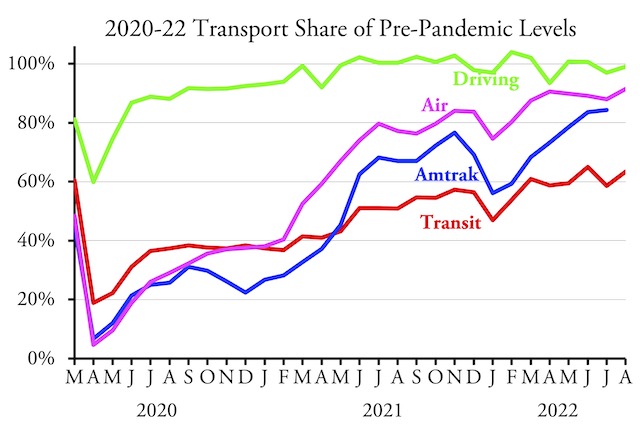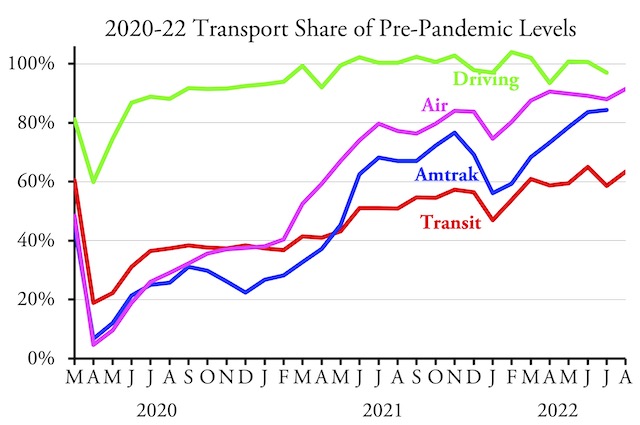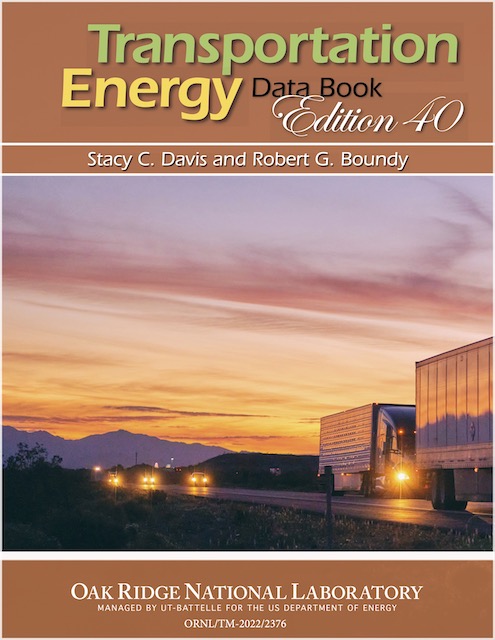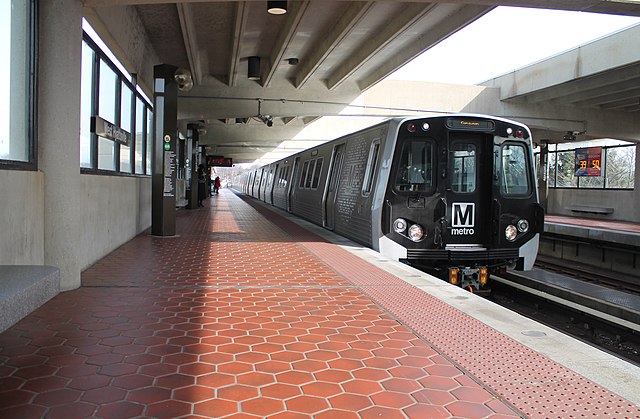Amtrak still hasn’t published its August performance report. But I noticed a paragraph on its “Reports and Documents” page under “Monthly Performance Reports.”
“Going forward,” the page says, “Amtrak will report Adjusted Operating Earnings as the key financial measure to evaluate results, Net Income/(Loss) will continue to be reported for reference. Adjusted Operating earnings represents Amtrak’s cash funding needs and is a reasonable proxy for Federal Operating Support needed in line with the appropriation.”
This isn’t really new; according to archive.org, it has been there since 2018 but wasn’t on the Reports and Documents page in 2017. What the statement means is that, instead of following generally accepted accounting principles, Amtrak will claim its net income is equal to the amount of operating subsidies it needs from the federal government, not including capital subsidies or state subsidies. Continue reading

